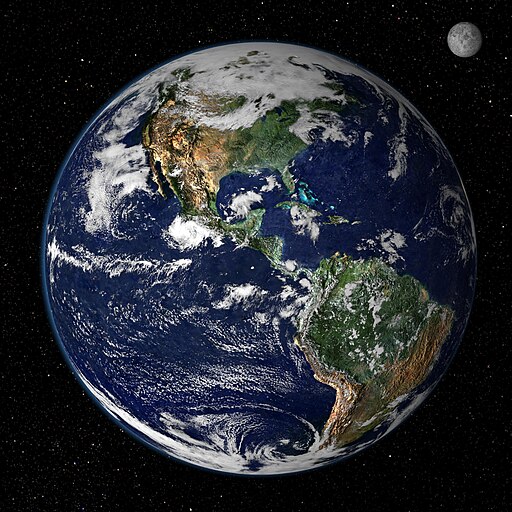Written by Anonymous Astro Society member who does not want their name associated with this post
Earth: the ultimate astronomer answer to the age-old question “what’s your favorite planet?” At first, this seems really lame…like…how could this be the coolest planet when it seems so mundane (and if you’re like me and have lived in ohio your whole life…kind of shitty from November-May)? Why not somewhere exotic and gassy…like “your anus”—sorry—Uranus? Or adorable and fringe, like Pluto? Or ringed and featuring hexagonal storms, like Saturn? Or hot and sexy like Venus? Or one of the thousands of discovered exoplanets beyond our solar system?
But clearly, Earth is doing something right, if astronomers, arguably those who know the most about extraterrestrial worlds, tend to answer again and again that Earth is the best planet. Or the fact that the reason people care so much about exoplanets is because of exoplaneteers’ search for the fabled Earth Analogue.
Let’s talk about a cool kind of exoplanet for a second—Hot Jupiters! These were discovered by transit surveys like Kepler, which work by looking for dips in stars’ brightnesses caused by planets crossing in front of them (from how much light the planet blocks out, how quickly it orbits, and an estimate for the star’s mass, we can estimate the mass and radius of the planet). Hot Jupiters (large gas giants orbiting really close—I mean closer-than-mercury close—to their host stars) are the easiest planet to discover with the transit method because they block out a lot of light from their host star and transit at high frequency. They’re also a super exciting discovery—who’d have thought there’d be so many gas giants so close to stars—how’d they get there? Our understanding is that the gas giants in our own solar system were only able to form in the cool outskirts (too close to the sun and they’d have evaporated!), so Hot Jupiters must have migrated in somehow!
In contrast, it turns out exo-Earth’s are really hard to find. For a star about the mass and age of our Sun, an exo-Earth would have an orbital radius of about 1 AU, but this means that it only transits its host star once every ~365 days! Not to mention that compared to a Hot Jupiter, an exo-Earth (or really any rocky planet compared to a gas giant) is teeny. So basically, it’s really hard to find Earth analogues–we should be grateful there’s at least one, right?
And don’t even get me started on how hard it would be to travel to an exo-Earth if we found one. All this crap in movies (*cough cough* I’m looking at you, Interstellar) about “we weren’t meant to save the world, we were meant to leave it,” is totally unrealistic. It’s immeasurably easier to just fix Earth (with regard to, like, climate change and stuff) than it is to abandon it.
There are lots of cool physics questions to answer in the search for exo-planets, but……where would we be to seek their answers if not for Earth? The origin of all our knowledge of the universe originates right here, on this planet. Earth should be your favorite planet because without it, where would you be?
As backward as it may seem to the Musk Bros who want to colonize space at all costs, I’m realizing that I fundamentally disagree that turning our focus inward is a bad thing. Because from where would we do all of this gazing up at the universe, if not from our home? I’m not saying curiosity is bad, in fact curiosity is vital and fundamentally human. But our environment is our vessel for curiosity!
Basically, I am grateful to Earth—without it I wouldn’t get to pet dogs or hug my friends or study astronomy or collect pretty rocks or take hot girl walks or drink coffee or listen to music on the bus. Happy Earth Day, Astros.
















 (February 2, 6am)
(February 2, 6am)


